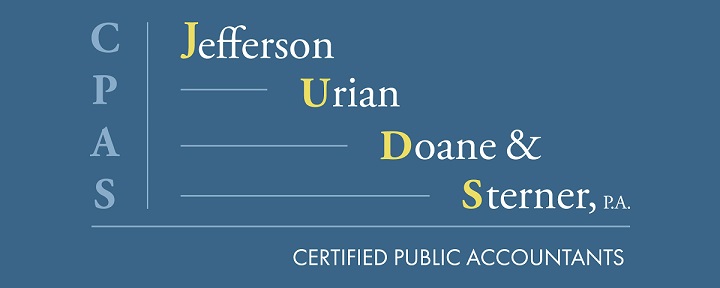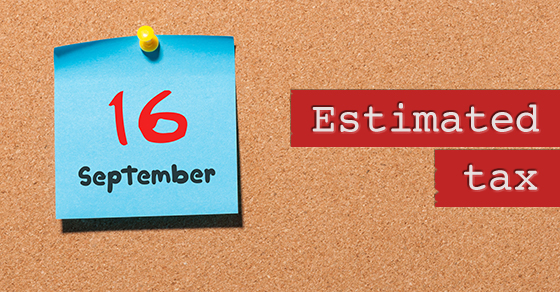The next estimated tax deadline is September 16: Do you have to make a payment?
The next estimated tax deadline is September 16: Do you have to make a payment?
If you’re self-employed and don’t have withholding from paychecks, you probably have to make estimated tax payments. These payments must be sent to the IRS on a quarterly basis. The third 2019 estimated tax payment deadline for individuals is Monday, September 16. Even if you do have some withholding from paychecks or payments you receive, you may still have to make estimated payments if you receive other types of income such as Social Security, prizes, rent, interest, and dividends.
Pay-as-you-go system
You must make sufficient federal income tax payments long before the April filing deadline through withholding, estimated tax payments, or a combination of the two. If you fail to make the required payments, you may be subject to an underpayment penalty, as well as interest.
In general, you must make estimated tax payments for 2019 if both of these statements apply:
- You expect to owe at least $1,000 in tax after subtracting tax withholding and credits, and
- You expect withholding and credits to be less than the smaller of 90% of your tax for 2019 or 100% of the tax on your 2018 return — 110% if your 2018 adjusted gross income was more than $150,000 ($75,000 for married couples filing separately).
If you’re a sole proprietor, partner or S corporation shareholder, you generally have to make estimated tax payments if you expect to owe $1,000 or more in tax when you file your return.
Quarterly due dates
Estimated tax payments are spread out through the year. The due dates are April 15, June 15, September 15 and January 15 of the following year. However, if the date falls on a weekend or holiday, the deadline is the next business day (which is why the third deadline is September 16 this year).
Estimated tax is calculated by factoring in expected gross income, taxable income, deductions and credits for the year. The easiest way to pay estimated tax is electronically through the Electronic Federal Tax Payment System. You can also pay estimated tax by check or money order using the Estimated Tax Payment Voucher or by credit or debit card.
Seasonal businesses
Most individuals make estimated tax payments in four installments. In other words, you can determine the required annual payment, divide the number by four and make four equal payments by the due dates. But you may be able to make smaller payments under an “annualized income method.” This can be useful to people whose income isn’t uniform over the year, perhaps because of a seasonal business. For example, let’s say your income comes exclusively from a business that you operate in a beach town during June, July and August. In this case, with the annualized income method, no estimated payment would be required before the usual September 15 deadline. You may also want to use the annualized income method if a large portion of your income comes from capital gains on the sale of securities that you sell at various times during the year.
Determining the correct amount
Contact us if you think you may be eligible to determine your estimated tax payments under the annualized income method, or you have any other questions about how the estimated tax rules apply to you.
© 2019










